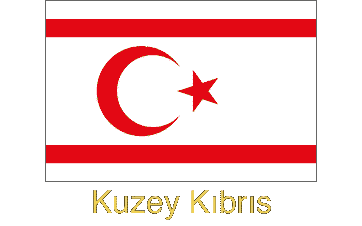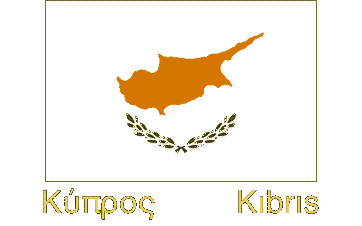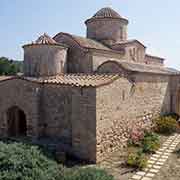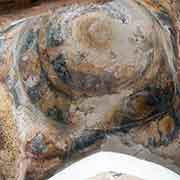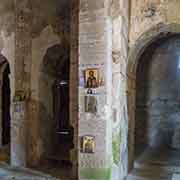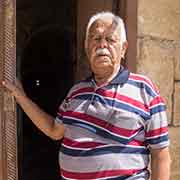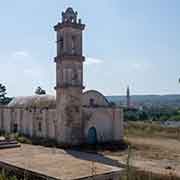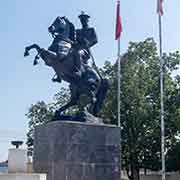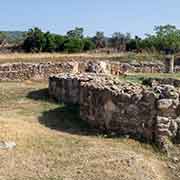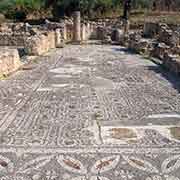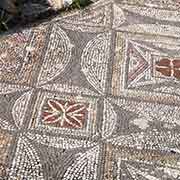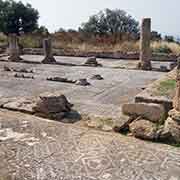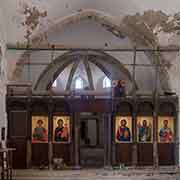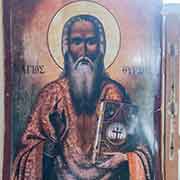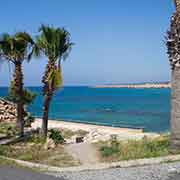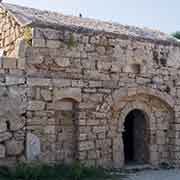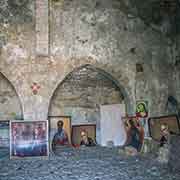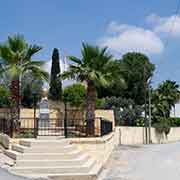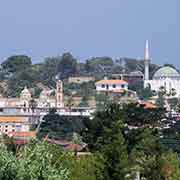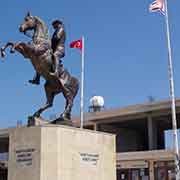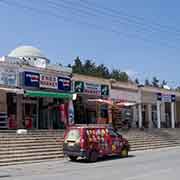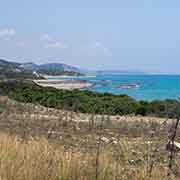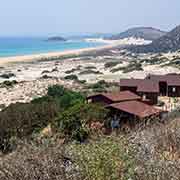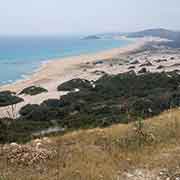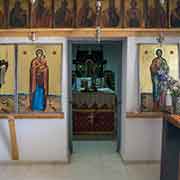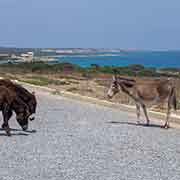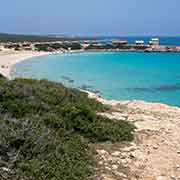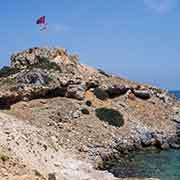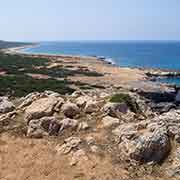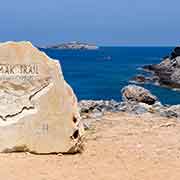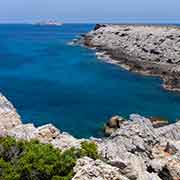Photos of the Eastern Karpas Peninsula, Cyprus
The Eastern Karpas Peninsula
The Karpas Peninsula, in Greek Karpasía (Καρπασία) and Karpaz in Turkish, is the long stretch of land, stretching out to the north-easternmost point of Cyprus, Cape Apostolos Andreas, named for its monastery near the tip. That cape is now known in Turkish as Zafer Burnu, Cape of Victory.
you may then send it as a postcard if you wish.
The Apostolos Andreas Monastery was, until 1974, well supported by its devotees and pilgrims, but since the Turkish invasion, it was left with only a few Greek Cypriot caretakers. The great monastery began a slow and steady deterioration, but restoration started in 2013, now funded by the Church of Cyprus and the Turkish Cypriot EVKA religious foundation.
The peninsula used to have a predominantly Greek-Cypriot population, but most fled to the south after the Turkish invasion of 1974. The town of Dipkarpaz, or, in Greek, Rizokárpaso (Ριζοκάρπασο) was cut off, preventing the town’s Greek-Cypriot inhabitants from fleeing to the south. As a result, Rizokarpaso is the home of the largest Greek population in the north, with 250 Greek-Cypriot, mainly elderly, inhabitants.
In the village of Boltaşlı (Lythrangomi) is the church of Panagia Kanakaria, looking well preserved on the outside. However, it was looted inside: mosaics in the apse were stolen from the church after 1975. Some were sold on art markets in the USA. After a protracted legal battle, ownership of the mosaics was recognised, and they were returned to Cyprus. They are currently on display in the Byzantine Museum, Nicosia. The church of Agios Thyrsos and its chapel, on the north coast, was also plundered, with its cemetery destroyed.
Near the village of Sipahi or Agia Trias are the ruins of the 5th-century Basilica of Agia Triada with its well preserved intricately patterned mosaic floor. The building itself was destroyed in Arab raids in the mid-7th century CE, but the outline and the mosaics have managed to withstand the ravages of time.
